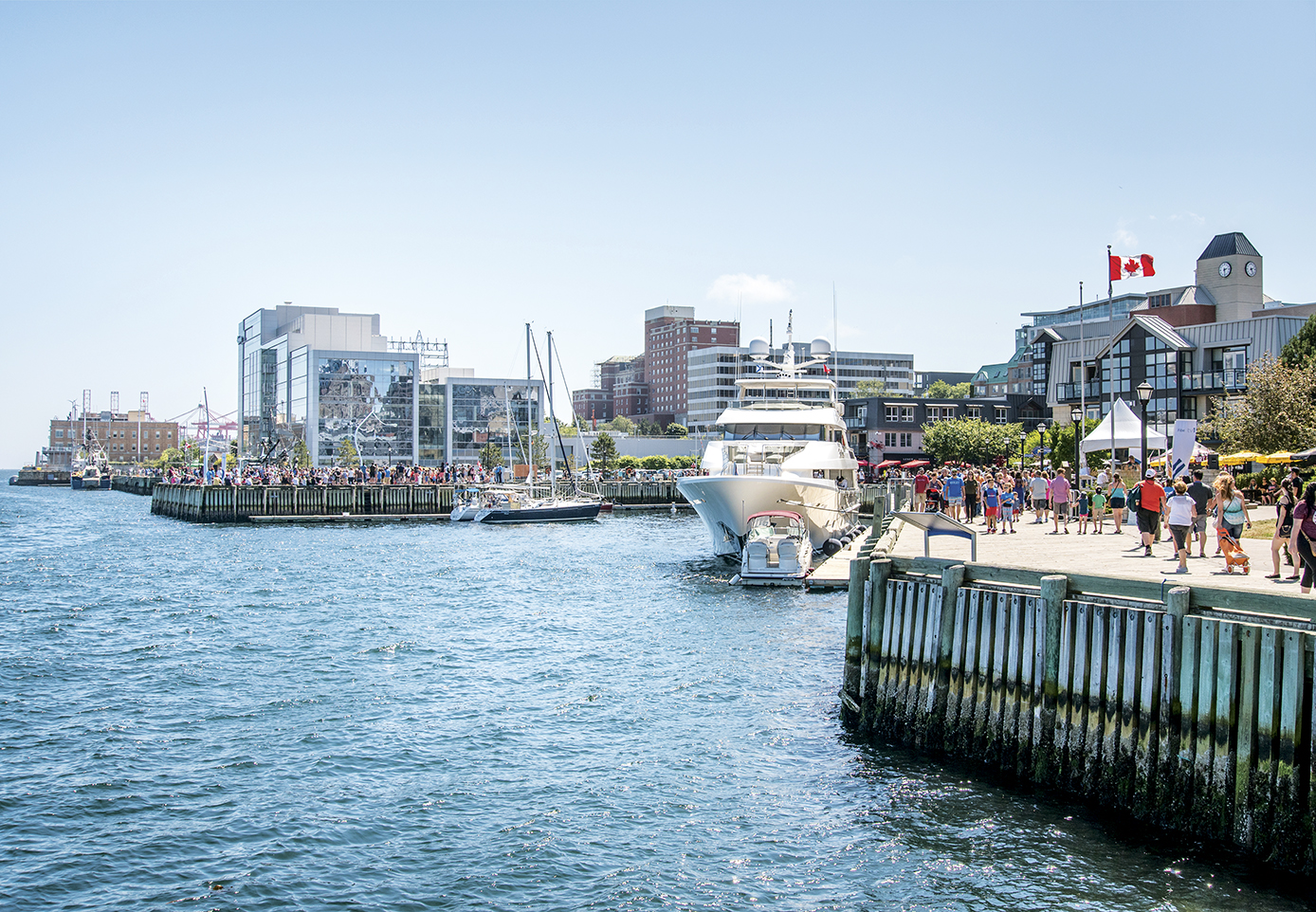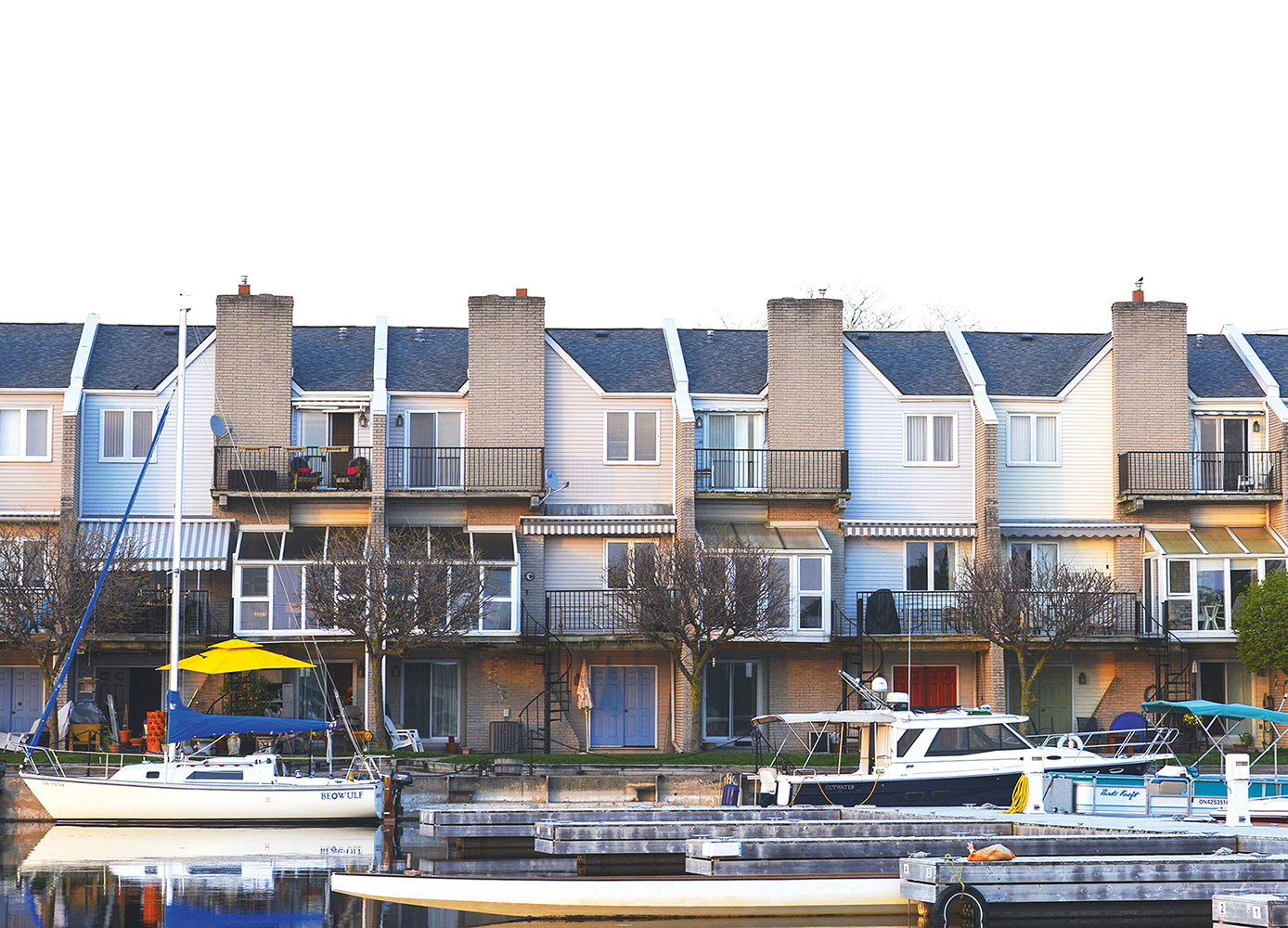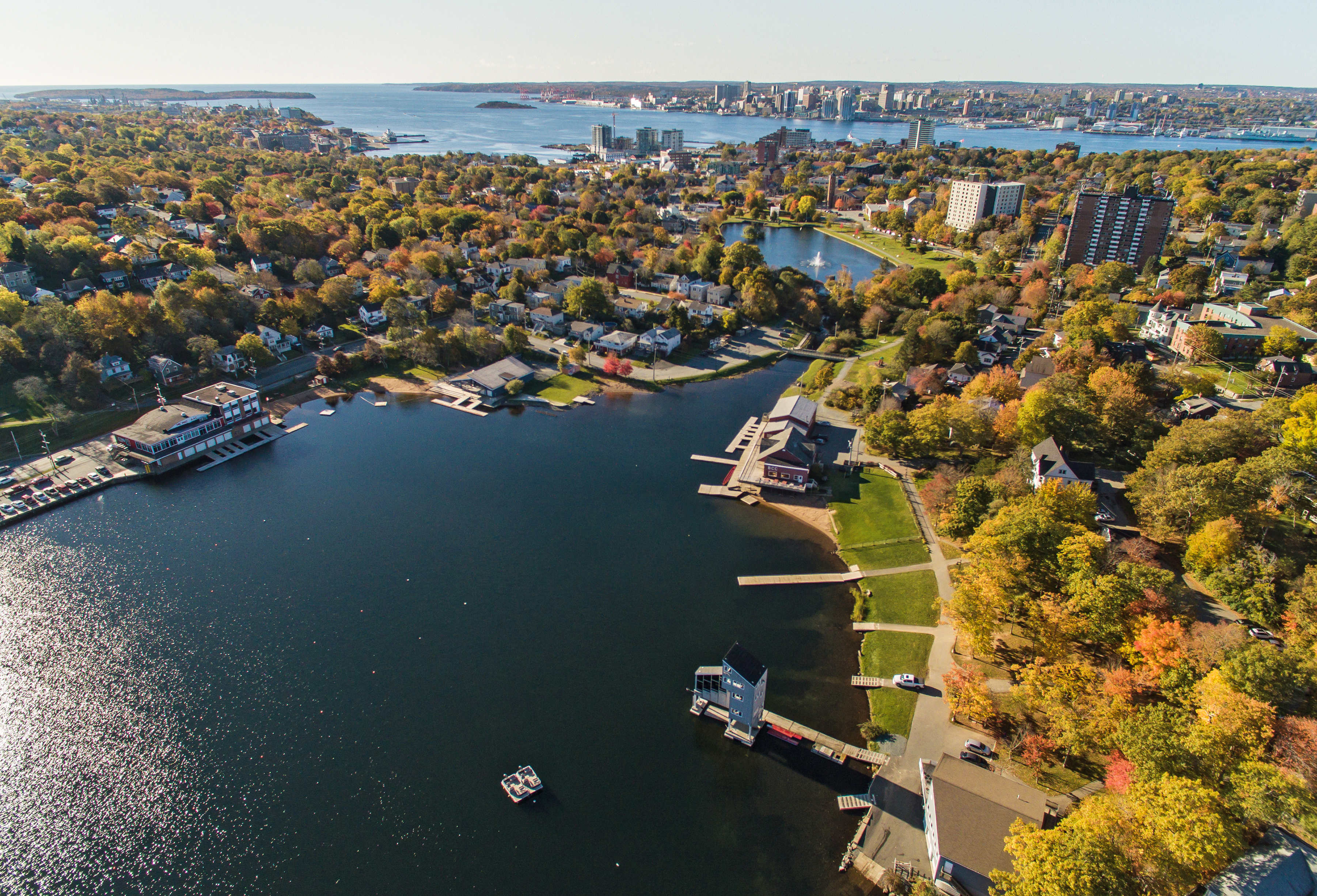Nova Scotia’s capital is a vibrant modern city that’s just the right size—not too big and not too small
By Wendy Haaf
Busker Festival on Halifax waterfront. Photo: Tourism Nova Scotia/Patrick Rojo.
Historic and yet modern, vital and yet relaxed, cosmopolitan and increasingly diverse and yet still with a distinctive Down East charm, one of Canada’s oldest cities has a mixture of qualities that makes it particularly appealing to retirees who want to enjoy the niceties of living in a larger city without many of the drawbacks. For example, home prices compare favourably with those in many other cities, averaging $311,941 in the first quarter of 2018, versus roughly $480,000 nationally.
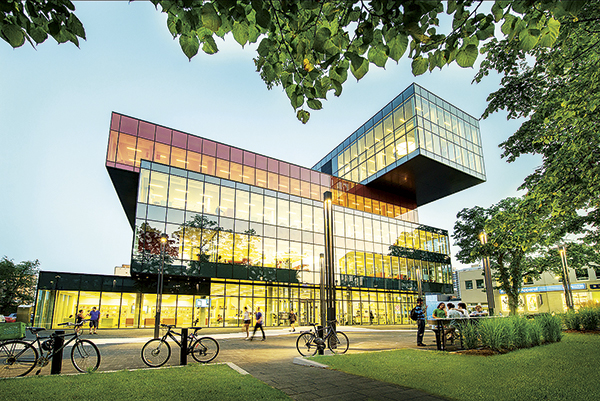
Central Library. Photo: Discover Halifax.
As both a provincial capital and a regional hub for everything from health care and transportation to education and culture, Halifax possesses an unusually varied and rich list of amenities compared with many communities with a commensurate population (roughly 431,000, including Dartmouth and Bedford). It has one of the largest concentrations of health-care facilities and specialties in the country, as well as an international airport, five universities, two community colleges, and a seemingly boundless selection of cultural offerings. These include the renowned Neptune Theatre, the Art Gallery of Nova Scotia, Symphony Nova Scotia, the provincial opera society, and museums devoted to Canadian immigration, natural history, the area’s seafaring past, and the historic African-Canadian community of Africville, which industrial development destroyed in the 1960s.
People over 50 can access modestly priced lectures and classes through an elder learner’s program, and most of the post-secondary institutions also offer free or reduced-fee courses for older adults; seniors’ centres feature an array of programs, too. “I go to Spencer House, which is a drop-in centre, all the time,” says Judy Bonnell, who facilitates a writing group there in addition to acting in plays.
“Our library is terrific,” adds Ward Skinner, who opted to remain in Halifax when he retired half a dozen years after transferring there for work. In fact, the downtown Central Library branch of Halifax Public Libraries—CNN named it one of 10 “eye-popping” buildings in 2014 and it won a 2016 Governor General’s Medal in Architecture—reflects the city’s progressive vision, which is echoed in an innovative solar energy program and in plans to increase downtown residential density.

The iconic Peggy’s Cove. Photo: Tourism Nova Scotia/Acorn Art Photography.
Many other activities are free or low-cost, too. For instance, during summertime, “There are free concerts in the Halifax Public Gardens every Sunday afternoon between two and four,” Skinner says. “There are also a lot of festivals,” he adds, such as the Jazz Festival, the Halifax International Busker Festival, and the Royal Nova Scotia Military Tattoo, to name just three.
“The waterfront is free and it’s beautiful,” Skinner says, noting that one of his favourite Saturday morning pastimes is to sit outdoors on the fifth-floor deck of the Halifax Seaport Farmers’ Market (the longest continuously operating such facility in North America), sipping coffee with friends and watching the harbour. Featuring a four-kilometre boardwalk and historic properties housing a mix of shops and restaurants, the downtown waterfront hosts myriad events throughout the year.
A number of city properties and neighbourhoods also provide a scenic backdrop for outdoor activities. At the Emera Oval, you can skate or in-line skate, depending on the season, while parks such as Point Pleasant and Halifax Public Gardens are threaded with walking trails. In addition, many neighbourhoods lend themselves to strolling. For example, in the Hydrostone area, “there are lots of neat little markets,” Judy Bonnell notes. Choices abound, too, when it comes to indoor exercise, one example being the Forever Fit program offered through the YMCA.
Home to one of the country’s highest per capita concentrations of pubs and clubs, as well as two historic breweries (joined more recently by a burgeoning number of brew pubs and microbreweries), Halifax has a lively music scene, as well as a wide selection of eating establishments, cooking classes, and other opportunities for culinary adventures. “There are more and more little cafés opening all the time, and they serve really good food,” Bonnell says.
Countless beaches, lovely natural areas, and picturesque towns—destinations that include iconic Peggy’s Cove and the Bay of Fundy—lie within driving distance should you want to escape the city. You can also drink in gorgeous scenery along with a nip of the grape at one of the many wineries in the Annapolis Valley. “From here, you can get to some pretty nice spots,” Skinner observes.
Getting around within the city is facilitated by Halifax Transit, which operates a fleet of buses and the Halifax-Dartmouth Ferry Service, as well as the Access-A-Bus system, which provides paratransit services. While the transit system’s reliability has been criticized, it’s been a boon for Bonnell, who is no longer able to drive due to impaired vision. “I can go anywhere I want on a bus,” she says. “That’s given me back a lot of my independence.”
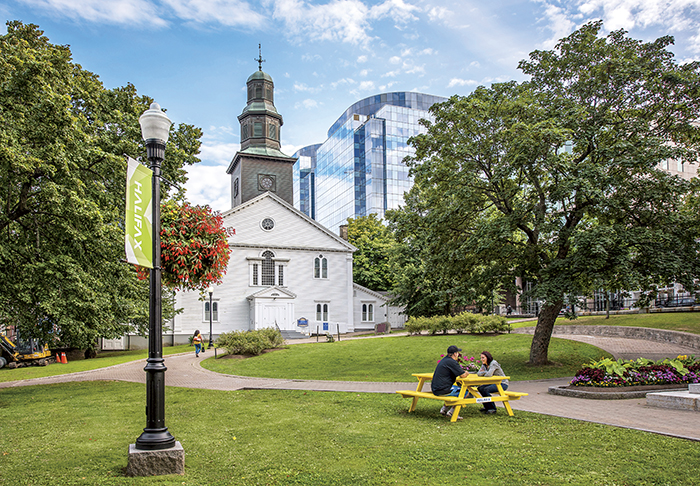
The Grand Parade and St. Paul’s Anglican Church. Photo: Tourism Nova Scotia.
Living in Halifax has also eliminated the need to travel long-distance for the regular specialist checkups Bonnell’s husband requires. (Family doctors, however, are in short supply.) The non-profit retirement complex where the Bonnells live, which features both regular apartments and assisted living, along with many other on-site amenities, is another big plus. “There’s a doctor here, and he willingly took me,” Bonnell says. “There’s a beauty salon here, a drugstore, a café, and all kinds of activities—it’s a great spot.”
As for Halifax as a whole, “it’s a very vibrant city,” Bonnell says. “If you’re looking for any kind of activity, you’ll find it here.”


